Weird and Wonderful Automotive Innovations – Part 2
Some wonderful ideas… on paper.
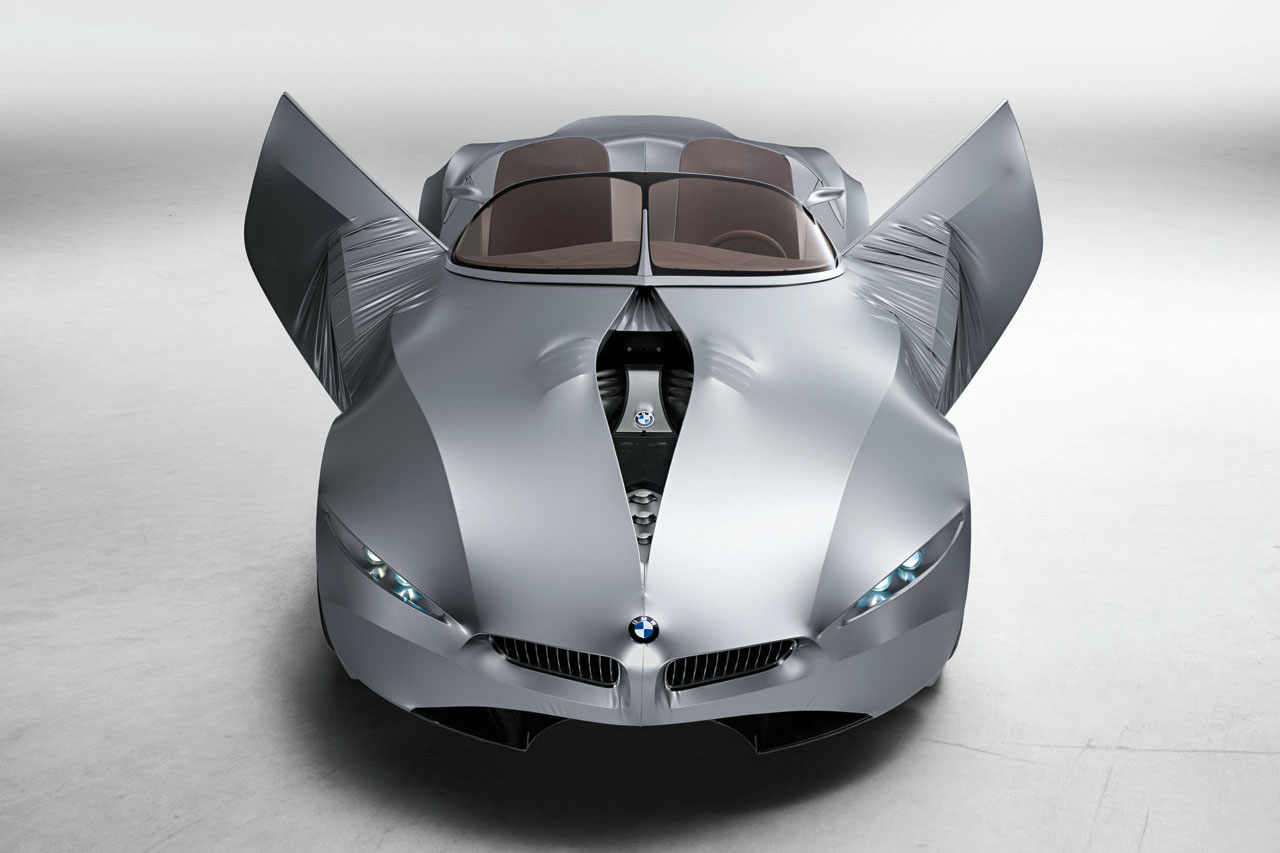
Another week, another Petrolhead Corner. Following up last week’s episode, covering weird and wonderful race car innovations, we dive into the realm of innovations on road cars and concept cars. Once again we have a selection of odd concepts by manufacturers and engineers that tried to improve the automobile in one way or another. Often offering a glimpse of the future in the process, most of these concepts never made it to market.
I can’t imagine how some of these ideas were pitched during board meetings and how they got financial backing to be developed. And yet, without these sometimes nutty concepts, we might not be where we are now in terms of technology. Cars nowadays are riddled with tech that often finds its origin not only in race cars (anti-lock brakes, fog lights, turbocharging) but also through these kind of concepts. But how would you respond when someone suggests a two-wheeled car or illuminated colour-dyed tyres? Would your fire them on the spot, or allow them to develop a working concept?
Gyro X – the self-balancing car
They say less is more, but that doesn’t seem to stick on all occasions. No, it seems that some design or technology features in cars are better left alone instead of trying to improve on them. Nevertheless, some people have the guts to pursue a radical idea, despite facing massive technical challenges. One very interesting concept is the Gyro X, better known as the self-balancing car.
The Gyro X was developed by Alex Tremulis and Thomas Summers and first saw the light of day in 1967. The idea behind the car was to improve efficiency, both in space and fuel economy. Being smaller and lighter than a conventional four-wheeled car this makes sense of course, as it is about half a car in width and features a sleek, aerodynamic body. Power came from an 80-horsepower Mini Cooper engine, pushing the car to an alleged top speed of 125 mph (about 200kph). The most interesting part, however, is the hydraulic gyroscope that was developed for this car and which keeps the car upright. When stationary, two neatly tucked away side wheels can be lowered to help steady it.
The gyroscopic unit in the nose of the car helps to stabilize the car when driving and prevents it from tipping over while taking a corner. How this technology works is explained in this video by the Lane Motor Museum, which has the only Gyro X ever made on display:
Somewhere along the line the car lost its gyroscopic module and got a third wheel in the process. Since then, the car fell into disrepair and was eventually fully restored in recent years and once again presented to the public as a driveable car in 2017 at the Pebble Beach Concours d’Elegance. More information on the car and the restoration is provided in this article on Autoweek.com.
Golden Sahara II – lighting up the roads
Despite the fact that rubber used in tyres is originally a milky white colour, pretty much all tyres are black. The colour is obtained from a substance known as ‘carbon black’, which is added to stabilise the rubber. Combined with polymer fibres it creates the tread compound of a tyre. But what if you want tyres to look a little more… groovy? Goodyear had a solution and developed a polyurethane polymer that could be dyed in a whole range of colours. The material had another, rather unusual feature as it was translucent. Engineers fitted lightbulbs to the inside of the wheel to make them glow and light up the inside of the wheel well, as a neat party trick.
Although paraded to the public throughout the US and Europe, Goodyear never put the tyres in production largely because they weren’t very good on wet roads. Instead, a custom car builder was allowed to use a set of the tyres on a one-off custom made car. The car in question is known as the Golden Sahara II, and it is not exactly a subtle machine, not in the slightest due to the tyres.
The car featured a bubble-top canopy, wildly sculpted arches (it was the 1950s after all), abundant gold trim and even featured some very futuristic and luxurious tricks. This included a remote-controlled autonomous mode, radar-guided braking, a built-in TV and reel-to-reel-tape player, also a mini-fridge and cocktail bar.
As with many of these obscure, one-off cars it was eventually parked and hidden from the public for fifty years by the creator and owner, Jim ‘Street’ Skonzakes. After his passing in 2017, the car was uncovered again and fully restored. Goodyear stepped in to create a new set of the iconic tyres and the completed car was unveiled at the 2019 Geneva Motor Show. This video, including period footage, shows the car in all its glittery glory:
More information on the tyres and the car can be found in this article on The Drive.
Saab Prometheus – the joystick-controlled car
Have you ever used something else instead of a steering wheel to change direction and keep in control of a car? No? Neither have I, except in videogames maybe. Saab, the iconic and now laid-to-rest Swedish car manufacturer tried to change things with a radical new steering concept for a version of their Saab 9000 family car, nicknamed Prometheus.
Saab thought it was a good idea to clean up the interior and dashboard of a car and get rid of the traditional steering wheel to maintain control of the vehicle. Instead, they developed a car that was controlled with a joystick. No steering wheel means no steel rod coming out of the dashboard and becoming a rather painful, immovable object during a crash. Getting rid of the traditional steering wheel means you can open up space on the dash and avoid impalement. It also means you can install a proper airbag. And yes, you can fit an airbag in a steering wheel but it still isn’t ideal.
The concept relied on a centrally mounted joystick that was electronically linked to the front wheels. Full lock from left to right was 180 degrees on the joystick. The problem with this system was that even a small adjustment of the joystick resulted in a big change in direction through the front wheels. Not ideal to say the least! A traditional steering wheel rotates about 3.5 times from full left to right which makes it a lot more useful to put in small corrections or larger ones when needed. So safety for the driver was improved, but not necessarily while driving, and thus the concept never reached the stage of production.
More information on this innovation by Saab in this article on Goodwood.com.
BMW GINA – the shape-shifting car
The concept of a shape-shifting car sounds really interesting and has been explored by many different manufacturers and design studios. With modern-day technology, changing the shape of a car becomes a lot more real, and one of the best examples is the BMW GINA concept car from 2008. It was a design study into materials and technology that sadly has never found its way into a production car.
BMW used a Z4 as a base and covered the entire car in a special type of fabric and in the process added moveable panels to change the appearance of the vehicle. The headlights, for instance, open up when activated, almost mimicking a set of eyes. The hood opens up with a split in the middle to reveal the engine. Other parts of the body change shape upon the driver’s demands, according to external conditions or the speed of the car.
The technology and application of flexible materials continue in the interior. The headrest is automatically adjusted and rises out of the seat when entering the car. The instrument cluster and steering wheel are put on standby when parked and move into reach of the driver when needed. All blends in seamlessly with the interior thanks to the fabric it is covered in. The pièce-de-résistance however, were the doors; semi-gullwing doors that flexed open rather than hinged open. When opening the door, automatically, of course, the fabric would reveal its true nature and crease on the hinged section of the door. When being closed it would stretch neatly across the door panel again and seamlessly blend in with the rest of the body.
More information on the BMW GINA Concept can be found on DriveTribe.

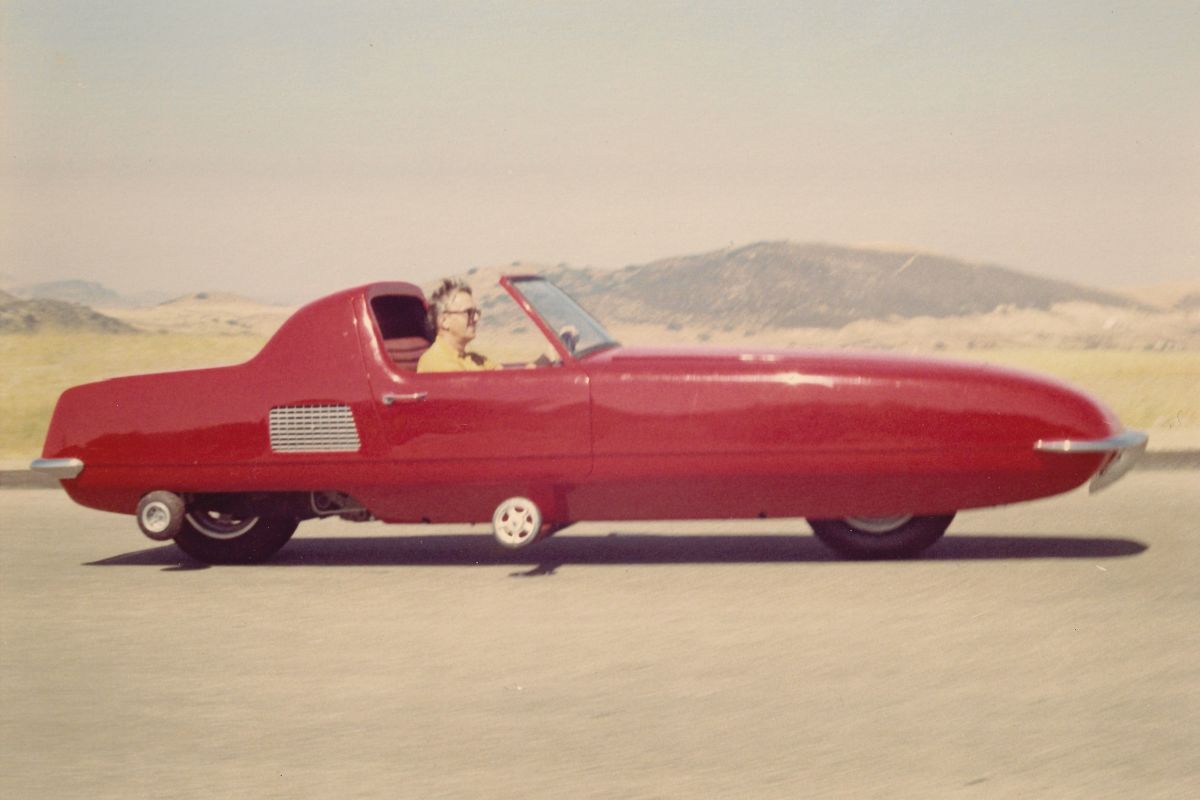

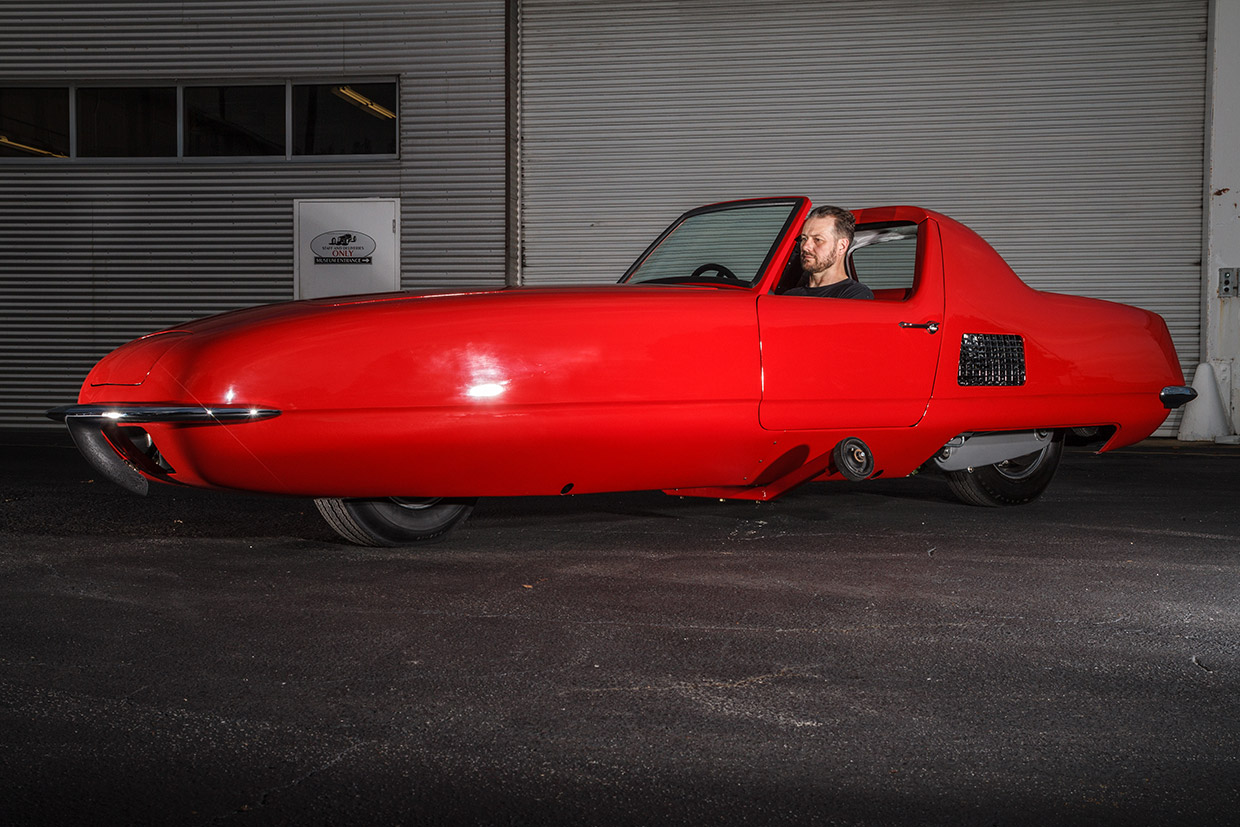
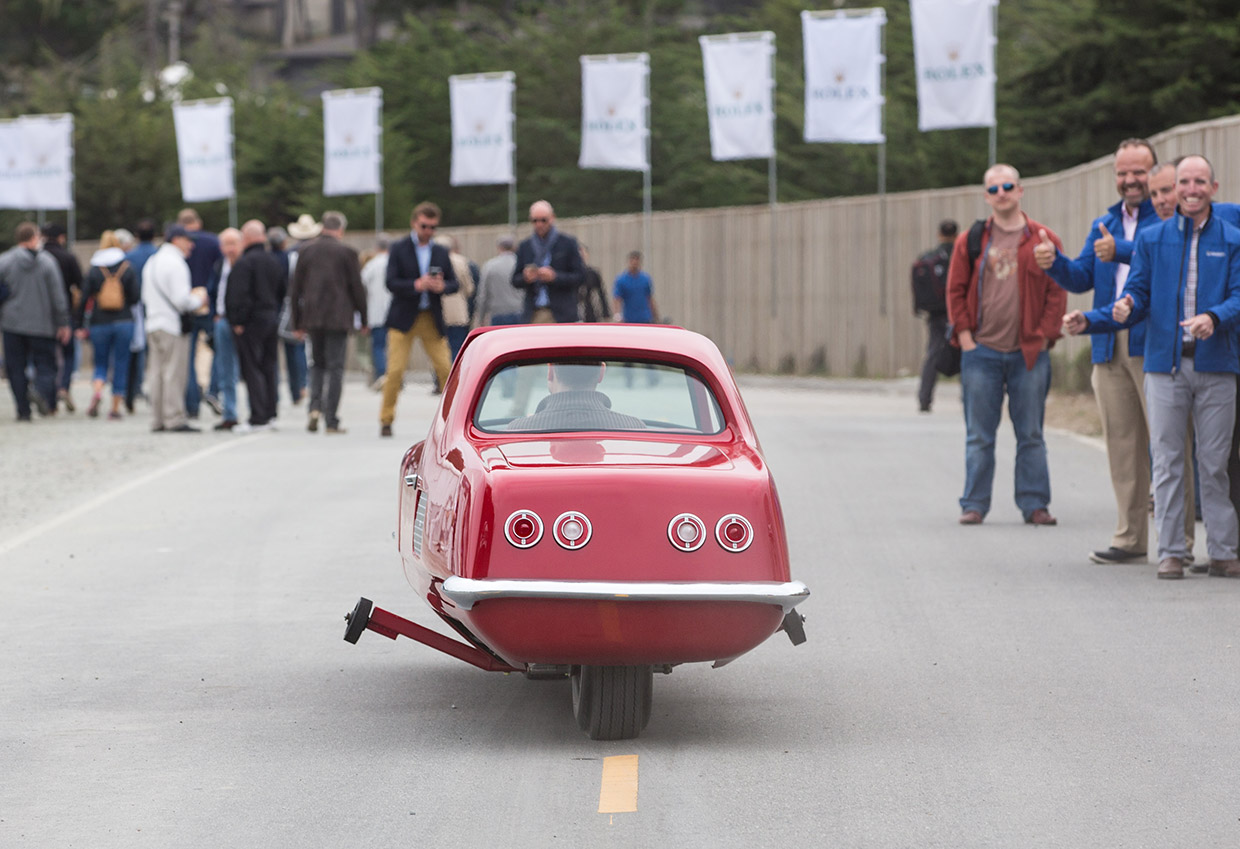
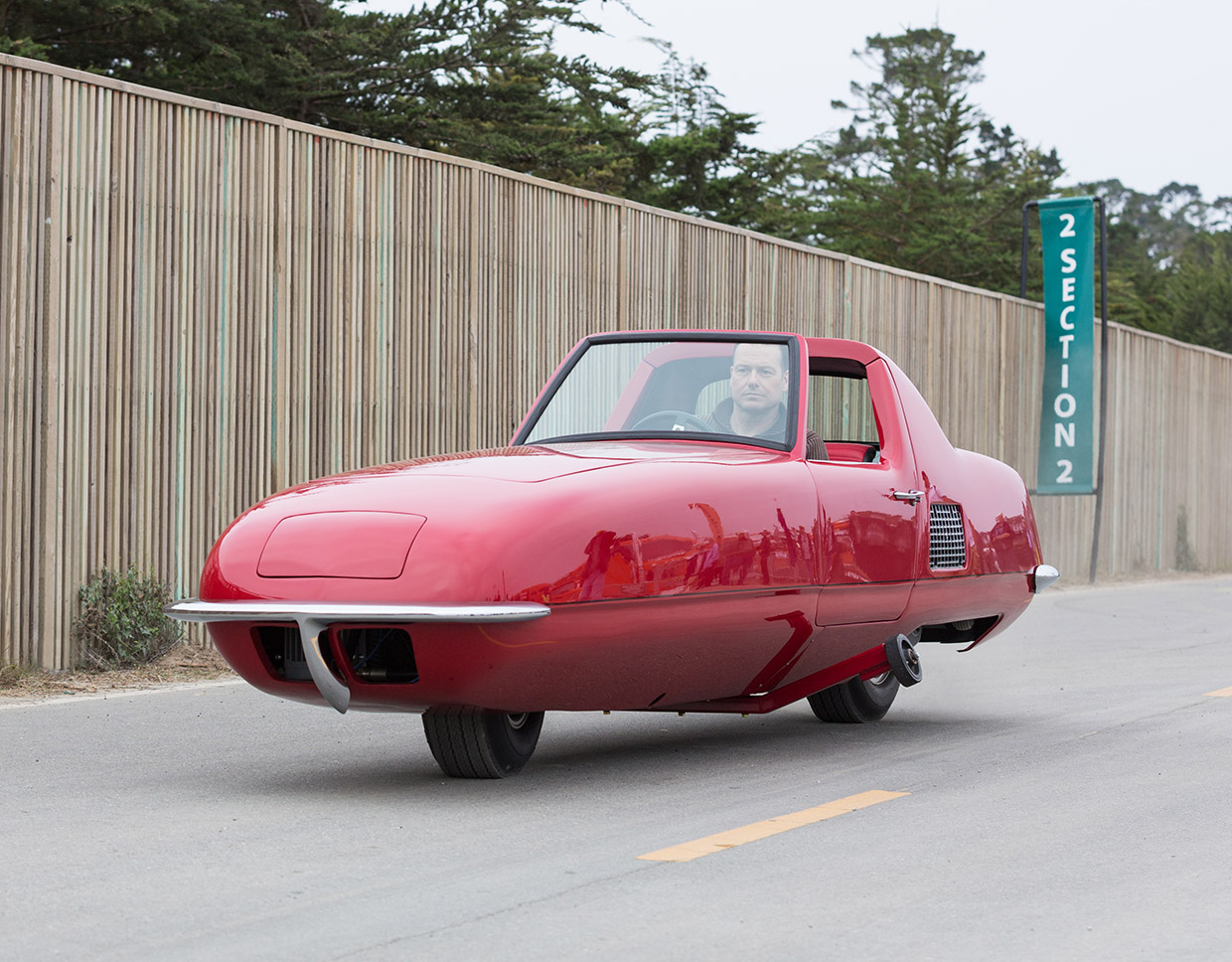



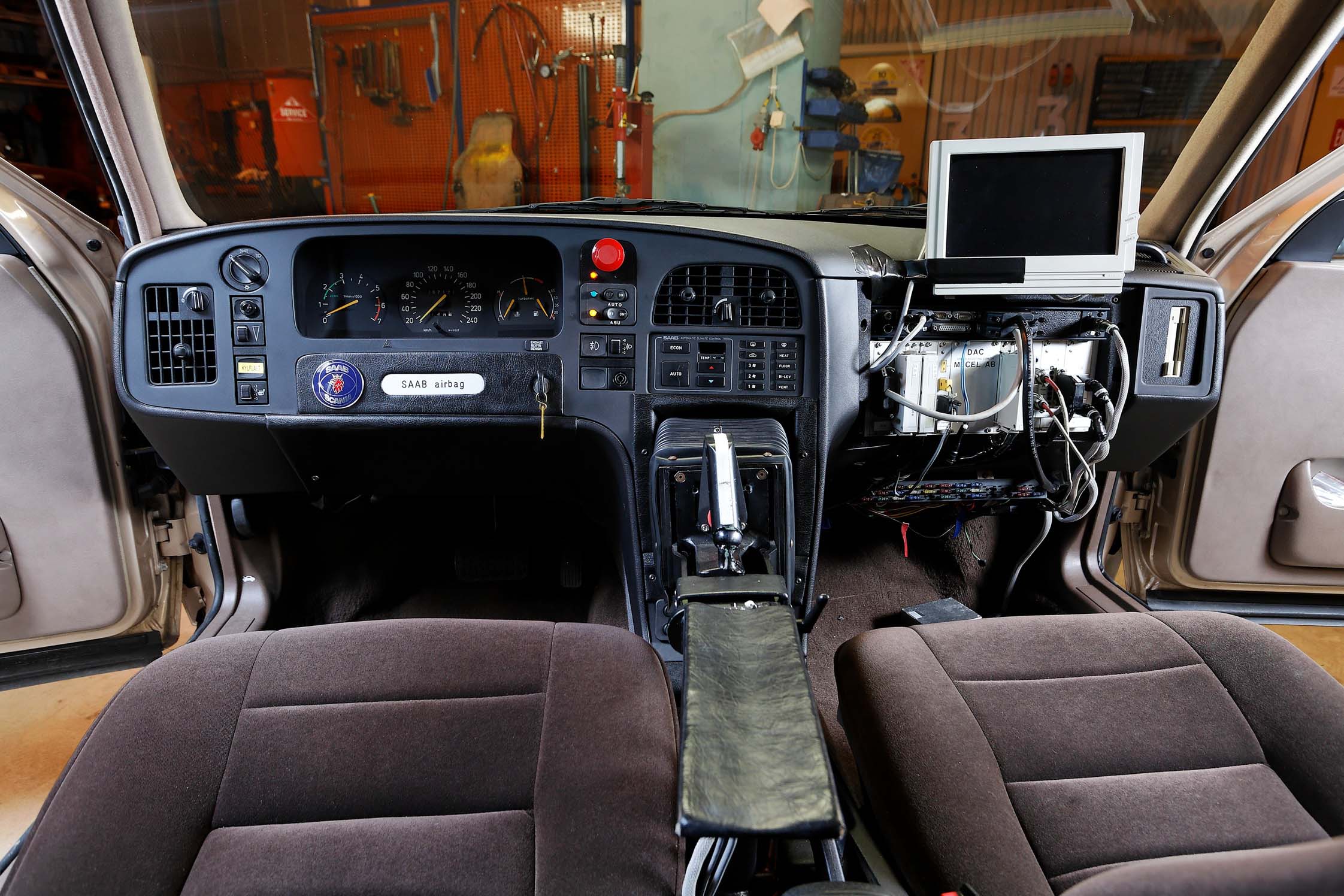
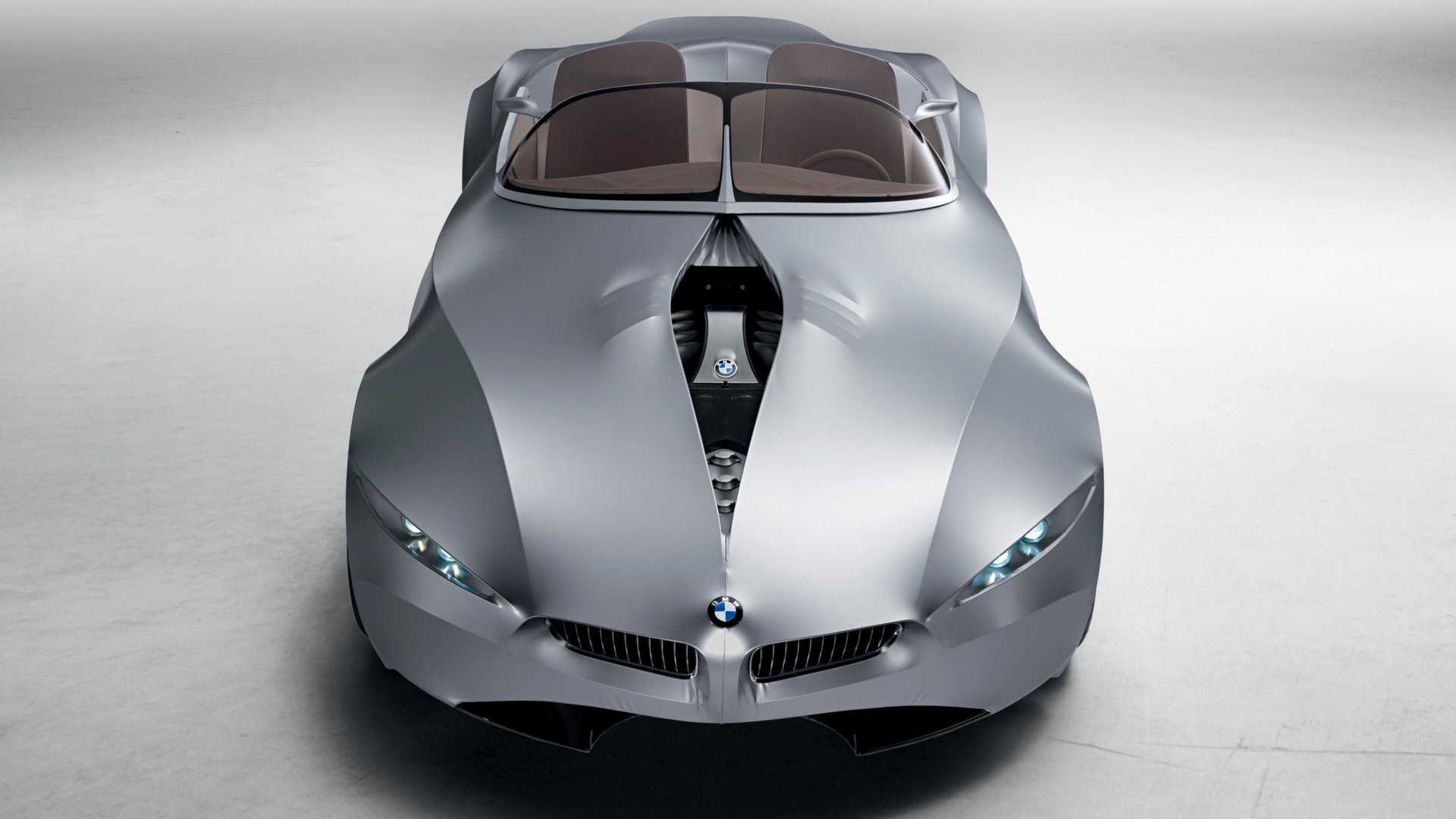
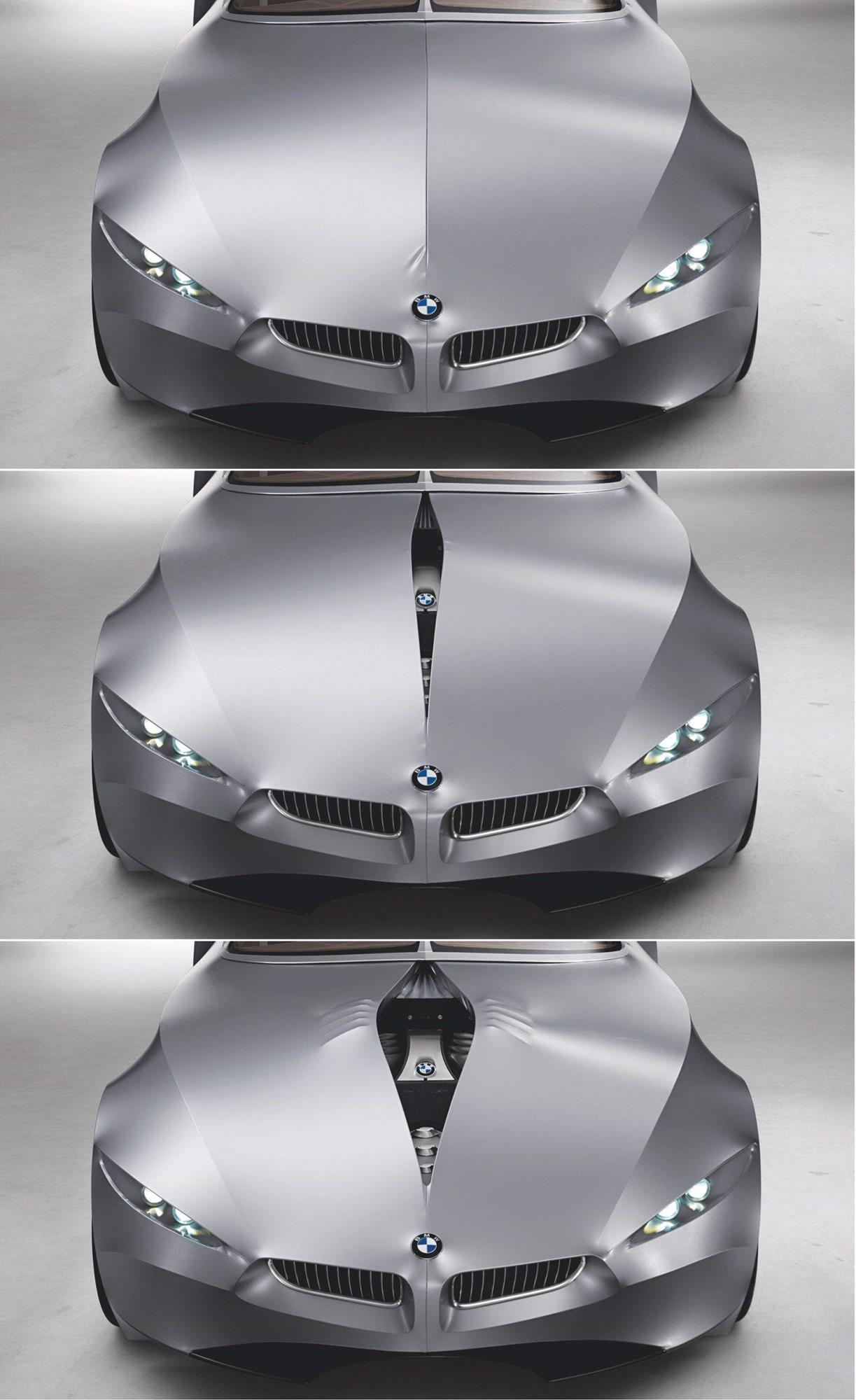
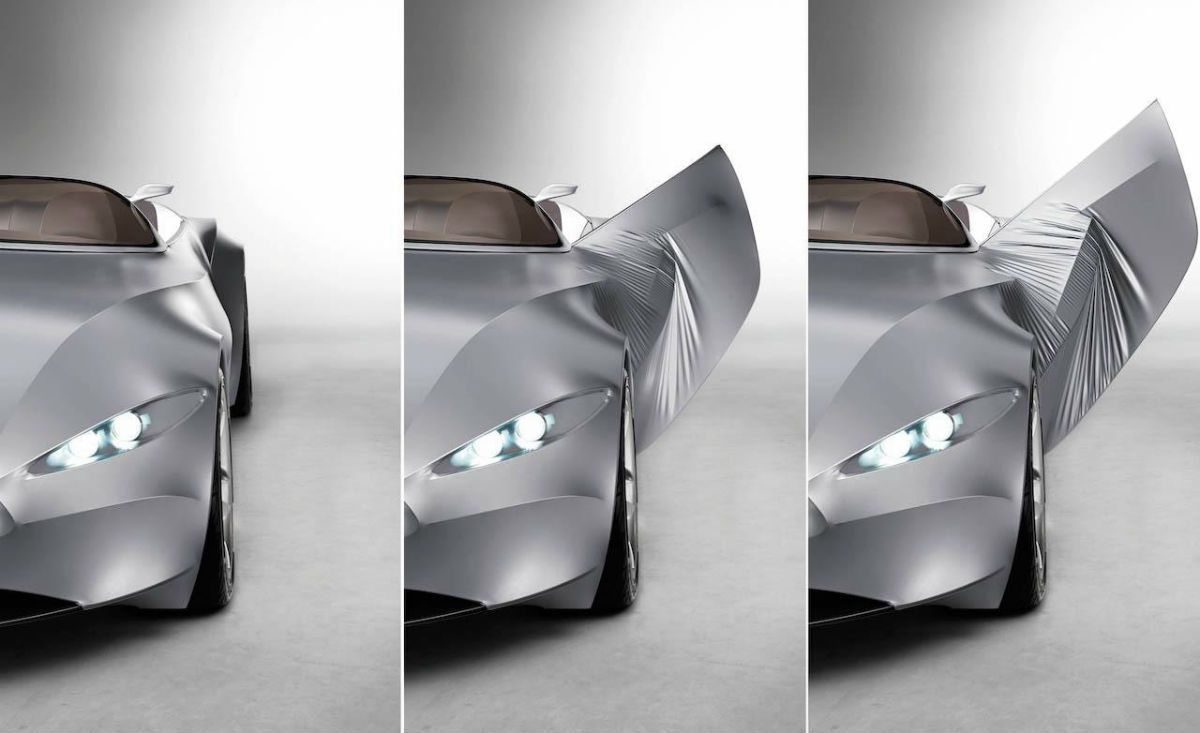



1 response
The Gyro-x puts me in mind of the Peraves cabin motorcycles (https://www.peravescz.com/) an astonishing piece of kit